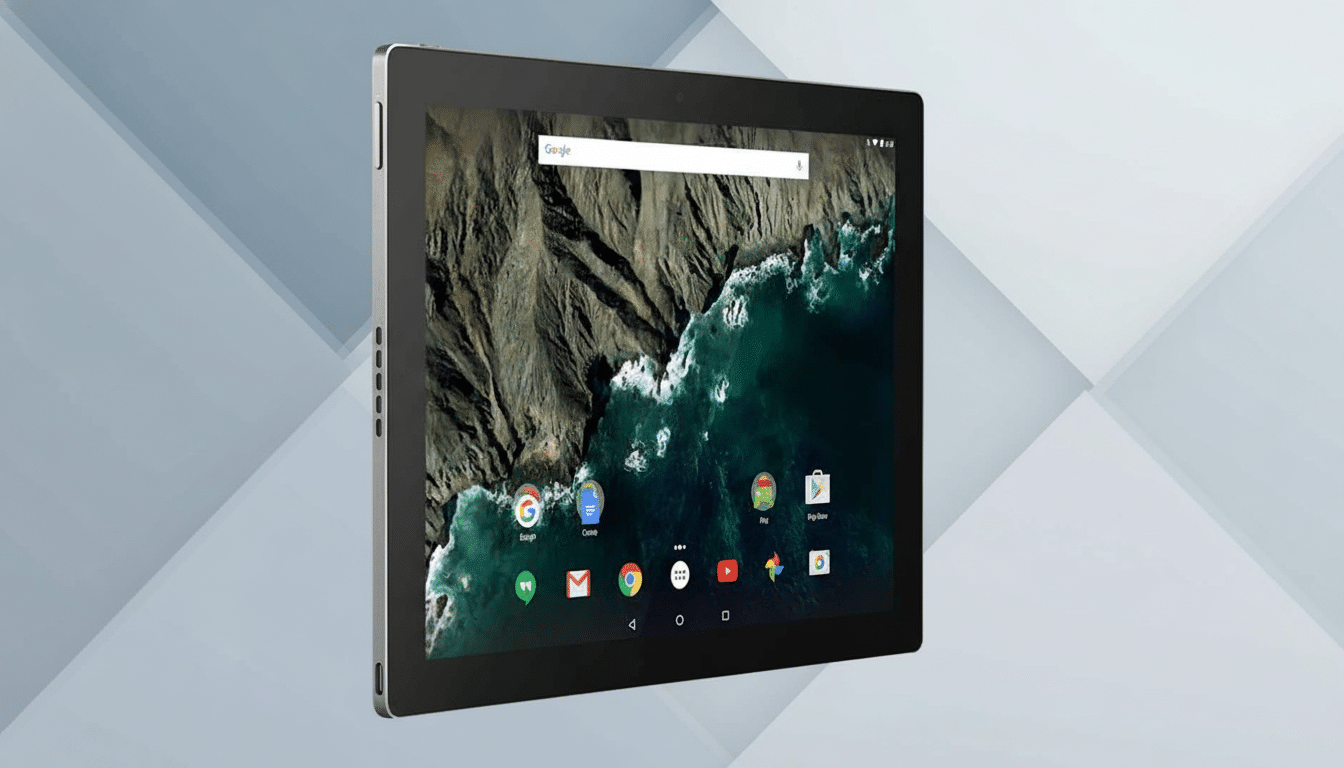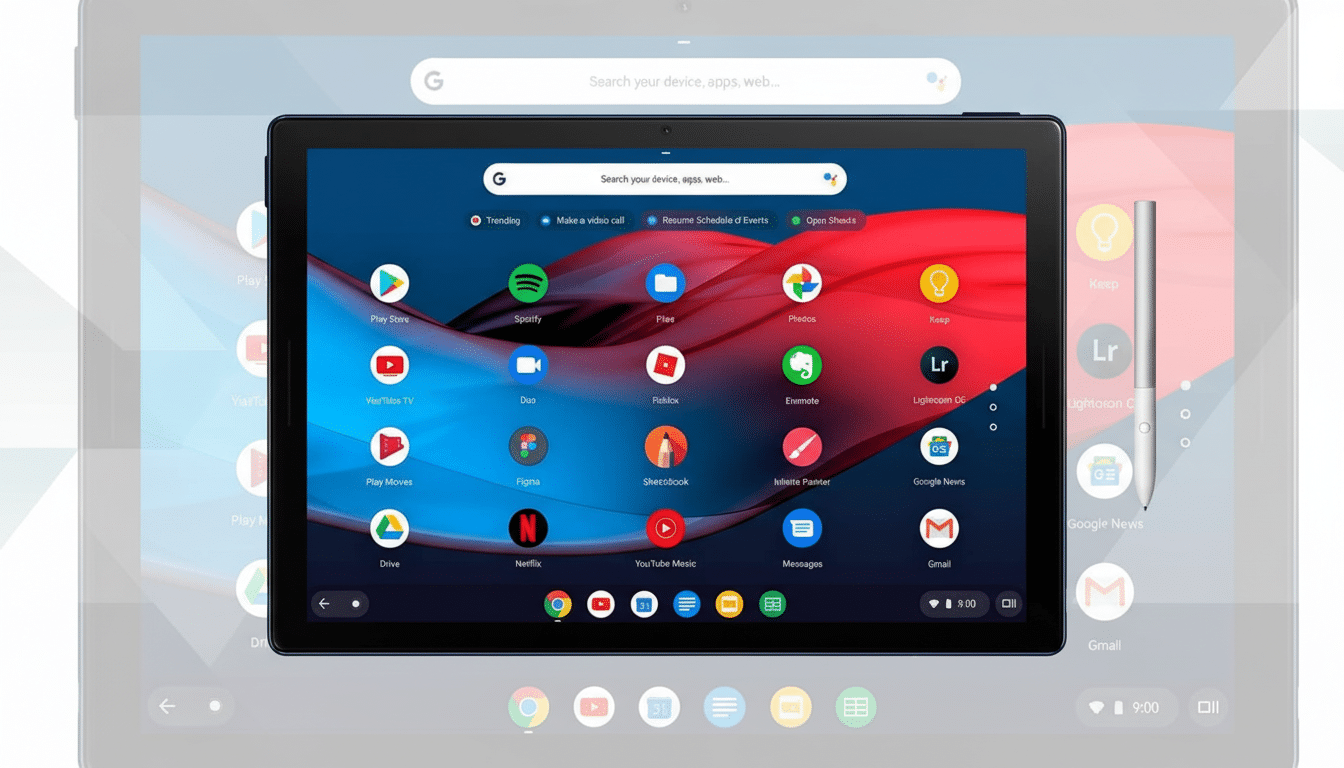If you’re checking out the Google Store for early gifting or for yourself, hold off on some tempting listings. Some of them seem just fine on paper, but the value math doesn’t quite add up once you consider aging hardware, prices that haven’t fallen in line with newer devices, and product lines that Google itself seems to be standing by less and less. Deal data from the Adobe Digital Price Index always shows steep electronics markdowns during big sales periods, and waiting (or opting for something newer) can save you money — and heartache.
Here are six Google gadgets not to buy right now, along with smarter options and the context you need from reviews, reporting, and more.

‘Pixel Tablet’ Still Overpriced and Outdated
Google’s Pixel Tablet remains featured, but it debuted with an 8GB configuration, 60Hz display, and Tensor G2 silicon that have quickly become a felt-too-tight repeat in this space. With the speaker-dock bundle, it frequently hovers around that launch price (with competing entries in its price bracket now having higher-refresh panels, snappier chips, and more headroom for multitasking). IDC has said big-screen Android tablets are trending upward, and the Pixel Tablet is no longer top dog on UI smoothness or length of use — a point that buyers value more than color accuracy.
If you’re hooked on the hybrid-dock concept, hold out for a genuine sale or look into another, newer slate with 120Hz and a more contemporary processor. This one doesn’t make sense unless you’re filling a very specific smart display niche (or are willing to pay near original MSRP).
Pixel 9 Price Clashes With Newer Models
The regular Pixel 9 usually lives alongside its successor at nearly the same direct pricing, and so it’s a hard sell. New additions include cooler-running chips, better connectivity, and added camera reach that you’ll notice on a daily basis — even when your lens is not in close-up focus, like the telephoto range, and improvements to the device’s AI processing onboard. Independent testing houses tracking sustained performance have repeatedly demonstrated that along with lower power consumption under load comes better thermal behavior, and less of the throttling dips in maps, camera, and gaming.
Unless the Pixel 9 is available at a steep discount, pick the newer model for longer lifespan, stronger resale value, and more years of feature updates. Paying the same amount for less runway is the very definition of false economy.
Pixel 9 Pro Lags Behind Newer Image Processing
The Pixel 9 Pro is still a camera powerhouse, but it has been lapped by newer image processing pipelines. Even if the sensors remain largely the same across generations, Google’s version of computational photography changes. That unwieldy tuning and HDR treatment lead to color casts and skin tonal inconsistencies that reviewers and photographers have documented in the 9 series, which were significantly reined in on later models due to updated fine-tuning as well as improvements to HDR handling.
If you really care about photos, pass on the 9 Pro at almost flagship price. The cleaner color science, improved low-light stability, and superior long-lens performance offered by the newer Pro model are worth waiting or paying a modest premium for.
Fitbit Sense 2 Is a Dead End for a Platform
Sense 2 launched as Fitbit’s most advanced wellness watch, but Google’s wearables strategy has become more and more about the Pixel Watch line. The Sense 2’s software platform never quite bounced back from its truncated app ecosystem, and key features depend on a Fitbit Premium subscription for their full functionality. Industry watchers — from analysts through long-time reviewers — have been wondering what the future of new Fitbit-branded smartwatches holds in the longer term following Google’s acquisitions and investments in Wear OS and Pixel Watch.

Unless you find a clearance-level price, save up and spend your money on a Pixel Watch, for better integration, timelier updates, and ever-more-developed app support. To cover the basics for pure fitness at a lower price point, a contemporary Fitbit tracker does without smartwatch compromises.
Fitbit Versa 4 Is Not Worth the Money Right Now
Versa 4 is caught in a weird middle. It’s missing some of Sense 2’s high-end sensors, suffers the same limited app state, and shunts you toward Premium for some insights. In the meantime, the Pixel Watch family has added some compelling health features and better Android integration; meanwhile, basic trackers like the Charge series mirror much of the Versa experience for much less.
Consumer advice organizations often use long-term software support as a key factor when addressing the value proposition of wearables. By that measure, Versa 4 is tough to endorse over a Pixel Watch or an inexpensive tracker that sets clearer expectations.
Nest Hub Max Is Getting Old, With an Uncertain Future
The Nest Hub Max is still Google’s largest smart display, but that device is now several years old and it’s more expensive than newer models. Google has over time changed and occasionally killed communications features of its smart displays, so it’s not difficult to see why some folks would be skittish about buying one. Meanwhile, rivals have offered new and improved takes on their screens with faster processors and better microphones for TV-mode experiences at cheaper prices.
If you’re looking for a Google Assistant screen to place in your kitchen or living room, the smaller Nest Hub usually gives you more bang for your buck. Otherwise, hold up — there have been enough credible indicators that Google is reevaluating its smart display approach, and investing $200-plus in older equipment today sounds like a dicey proposition.
Bottom line: Technology, platform pricing, direction, and support windows are the criteria that count.
The very best electronics deals tend to orbit big shopping events, and hardware lifecycles move faster than ever, according to Adobe’s retail data. Skip these six for now, and either buy newer replacements or wait for deeply discounted deals that make the equation truly new.

